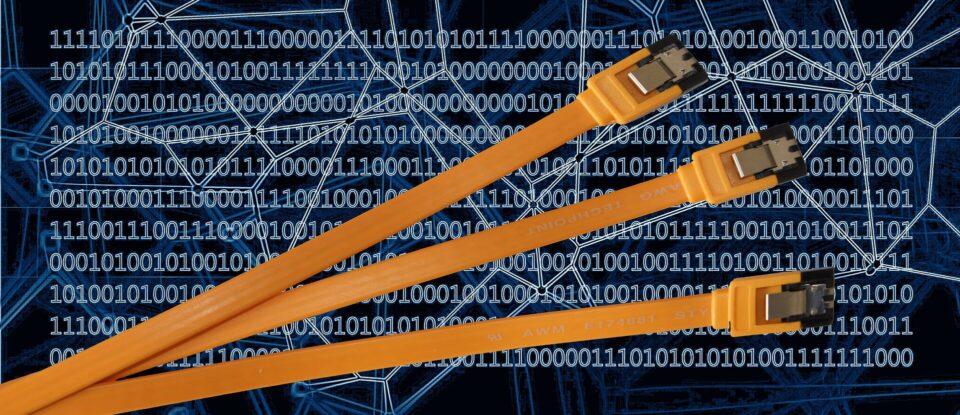Introduction
Are you tired of sifting through piles of paperwork and manually tracking employee data? It’s time to upgrade to an HR software! But if you’re new to the world of HR technology, it can feel overwhelming. That’s why we’ve created this step-by-step guide to help you navigate your first HR software like a pro. Say goodbye to administrative headaches and hello to streamlined processes with our simple tips and tricks. Let’s get started!
What is an HR software?
An HR software is a piece of software that helps organizations manage their human resources. This can include tracking employee data, managing payroll and benefits, and managing employee performance. HR software can be used by businesses of all sizes, and there are a variety of options on the market to choose from.

The benefits of using an HR software
There are plenty of benefits that come with using an HR software for your business. Perhaps the most obvious benefit is that it can save you a lot of time and hassle when it comes to managing your employee data. With an HR software in place, you can easily track employee leave, performance, and other important data points. This way, you can quickly identify any issues or trends within your workforce.
Additionally, an HR software can help to streamline your recruiting process by providing you with access to a database of potential candidates. And once you’ve hired a new employee, an HR software can help you onboard them more effectively by providing them with all the necessary information and resources they need to be successful in their new role. Ultimately, an HR software can help to improve the overall efficiency and effectiveness of your HR department – making it well worth the investment.

How to use an HR software
Assuming you’ve already chosen and purchased your HR software, it’s time to get started using it!
Here’s a step-by-step guide on how to use your first HR software:
1. Get familiar with the interface. Spend some time exploring the software and getting accustomed to where everything is located. If you have any questions about how to use specific features, be sure to consult the software’s documentation or reach out to customer support.
2. Start inputting employee data. One of the primary uses of HR software is storing employee information. Begin by inputting data for existing employees, including contact information, job title, salary, and start date. You can also input data for new hires as you onboard them.
3. Use the software to track employee leave and absences. Many HR software programs include tools for tracking employee leave and absence. This can be helpful in ensuring that employees are taking the appropriate amount of time off and that there is adequate coverage for each role.
4. Utilize performance management features. Most HR software includes tools for performance management, such as goal setting and tracking, 360-degree feedback, and performance reviews. Use these features to help improve communication and clarity around expectations and objectives.
5. Take advantage of reporting capabilities. Many HR software programs offer robust reporting capabilities that can give you insights into things like employee retention or turnover rates, compliance with company policies, and more. Use this data to help inform decisions
The different types of HR software
When it comes to HR software, there are a few different types that you may encounter. The most popular type of HR software is known as an Applicant Tracking System (ATS). This type of software is used by employers to track and manage job applicants throughout the hiring process. Other types of HR software include performance management systems, time and attendance systems, and payroll systems.

Which HR software is the best for your business?
There are a lot of different HR software products on the market, and it can be tough to decide which one is right for your business. The best way to figure out which HR software is the best for your business is to first assess your needs. What features are you looking for? How many employees do you have? Once you know what you need, you can start narrowing down your options.
There are a few different types of HR software, so you’ll need to decide which type is right for your business. Some software is designed for small businesses, while other software is made for larger businesses. There are also different types of features, so you’ll need to decide which ones are most important to your business.
Once you know what type of HR software you need, you can start comparing products. There are a lot of great products on the market, so take some time to read reviews and compare pricing. You should also talk to other businesses in your industry to see which products they use and why they like them.
Making the decision about which HR software to use can be tough, but if you take the time to assess your needs and compare your options, you’ll be able to find the perfect product for your business.
How to get started with using an HR software
If you’re new to using HR software, it can be tricky to know where to start. Here’s a quick guide on how to get started with using an HR software system:
1. Identify your needs. What do you hope to use the HR software for? Are you looking for a way to track employee attendance? Or perhaps you need a system for managing employee benefits and onboarding new hires. Knowing what you want to use the software for will help you choose the right system.
2. Research your options. Once you know what you need, it’s time to start researching your options. Look for systems that offer the features and functionality you need. Compare pricing and reviews before making your final decision.
3. Set up your account. Once you’ve chosen an HR software system, it’s time to set up your account and get started! Follow the instructions provided by the vendor to get started using the system.
4. Start tracking and managing data! The most important part of using HR software is tracking and managing data effectively. Use the tools provided by the software to input employee data, track attendance, manage benefits, and more.

Conclusion
With this step-by-step guide, you now have a better understanding of how to use your first HR software system and all the benefits it can provide. From streamlining your recruitment process to providing deeper insights into employee data, an HR software system can help make managing your workforce easier and more efficient. Ultimately, choosing the right HR solution for your business’s needs is key to improving the productivity of your employees and ensuring success in all areas of human resources.

